Paestum Archaeological Park: walking among the temples in Cilento
Paestum Archaeological Park: the tickets most chosen by travelers
Paestum, the classical universe that unites the Greek and Roman worlds
Paestum is the Greece closest to Rome, the classical culture that took hold in Italy and with which we fell in love, creating that unique civilization that is the Greek/Roman world. Located in the flourishing plain of the Sele river, still today a land generous with crops and food products, Paestum is the late Roman name of the ancient Poseidonia of the Greeks, because the "god of the sea" Poseidon, Neptune for the Romans, was venerated there.
Paestum was founded by the settlers of Sibari, who wanted to expand their trade from the Ionian to the Tyrrhenian Sea. It then passed under the control of the Lucanian people and was then conquered by the Romans in 273 BC, who gave it its current name. The archaeological area is beautiful and still well preserved, which extends for 25 hectares and has a wall of almost 5 kilometres, within which three Doric temples of Hera (also called the Basilica), Athena and Neptune stand majestically. but whether it was really dedicated to these is doubtful.
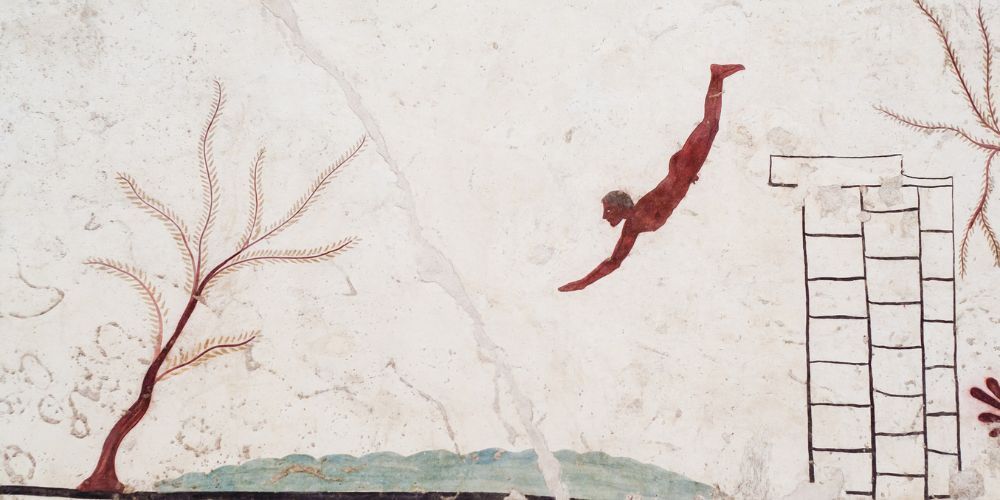
Paestum Archaeological Park: an area that can be visited by all with ample freedom
The magnificence of the temples is undoubtedly the first sight that captures visitors, but over the years the tourist offer of this part of Alto Cilento has been enriched with many attractions. The Via Sacra represents the walk inside the area, but tourists can walk alongside the Doric temples - two close to each other and the other more distant - also outside, in via Magna Graecia, and access the National Archaeological Museum of Paestum, of recent times, built in 1952 to accommodate the finds from the excavations and in particular the "metopes", i.e. the designed stone panels of the sanctuary of Hera.
The Archaeological Park extended to Velia, the Roman name of the ancient Elea of the Greeks, where the fundamental philosophical school of Parmenides and his student Zeno arose. The size of the parks allows tourists, who can bring their pets with them, great freedom of visit, and visits by those with walking problems are assisted by special electric vehicles. The integrated ticket for access to the areas of Paestum and Velia, 45 kilometers apart, is valid for 3 days and thus allows you to visit the places separately.
Paestum Archaeological Park: tips for your visit
How to get to Paestum:
By train:
The train is a very convenient way to visit Paestum, given that the station square opens directly onto Porta Sirena, one of the access gates created in the city walls. You are therefore already inside the archaeological site and in 10 minutes on foot you can reach the temples. From Naples the train takes 75 minutes, from Salerno 30 minutes.
By car:
You need to take the A2 Mediterranean motorway (the former Salerno-Reggio Calabria) and exit at Battipaglia, coming from the north, or at Eboli coming from the south. Then there are around 25/30 kilometers of state road 18 (but also convenient internal roads) to get to Capaccio Scalo, the municipality in which Paestum is located.
By plane:
The nearest airport is Salerno-Costa d'Amalfi, which is just 30 kilometers from Paestum. From Naples Capodichino the distance is 95 kilometers and with a rental car it will take approximately 1h15/1h30 minutes
Best attractions around Paestum Archaeological Park
all entrance tickets for the most popular Italian attractions
Capri
NaplesPompeii Ruins
NaplesVesuvius
NaplesVeiled Christ
NaplesRoyal Palace of Caserta
NaplesPoseidon Thermal Gardens
NaplesNaples Undergorund
NaplesDiscovering National Park of Cilento and Vallo di Diano
Focus on the National Park of Cilento and Vallo di Diano, classified as UNESCO MAB Biosphere Reserve since 1997
Read more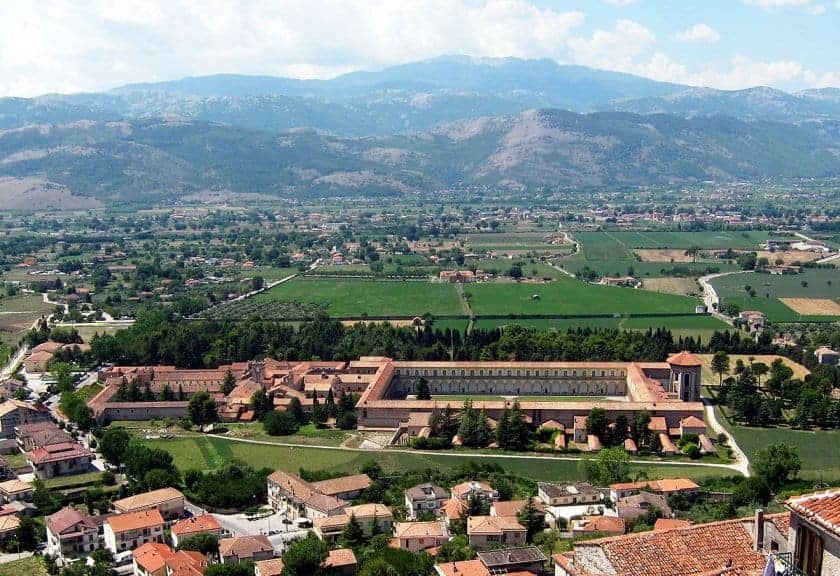
Paestum Archaeological Park, frequently asked questions:
1. What opening hours does the Paestum Archaeological Park observe?
Being an open area, pay close attention to the opening times, as they change from month to month. From mid-November to the beginning of January, the park is open until 4pm, then every month the opening hours are extended by approximately half an hour, until 6.30pm in March. With summer time, summer hours start until 7pm and there are many evening openings.
2. How much do the tickets cost?
The full ticket costs 10 euros in winter and 15 euros from March to November. Reduced entry for young people aged 18 to 25 is 2 euros, minors enter free.
3. Can I bring the dog to the archaeological area?
Yes. All animals are allowed to enter with a leash and muzzle, with the obligation to collect their excrement. However, there is a ban on approaching temples and monuments. Entry into the museum is permitted exclusively to small animals, in the arms or in the appropriate carrier.
4. What to see at the National Archaeological Museum of Paestum?
The most famous work is the Tomb of the Diver, from the 5th century BC. and unique example of Greek painting from the classical age. It seems that the dive symbolizes the passage from earthly life to the kingdom of the dead. Also of notable importance is the series of frescoed tombs that date back to the city's Lucanian period.
5. I want to visit Paestum and Velia with disabled people, can I?
The Archaeological Park of Paestum and Velia is suitable for visits to people with disabilities. Thanks to the "Zoom Uphill" offroad electric vehicles (offered by a partner company), people with motor disabilities can visit the most suggestive and iconic places. Furthermore, there are accessible routes and guided tours also with LIS language (Italian sign language) and tactile experiences with Braille captions.
6. Are there car parks near the archaeological area of Paestum?
Yes and they are very comfortable. They are located at the two opposite poles of via Magna Graecia, where you access the temple area and the museum, a few tens of meters from the places to visit.
What to see at Paestum Archaeological Park
We are in the Cilento-Vallo di Diano Park and Paestum is immersed in a fertile and sunny plain in summer, surrounded by a perfectly preserved 4.75 kilometer city wall which immediately gives the perception of the ancient city. Once upon a time there were 28 towers surrounding it, today unfortunately reduced to ruins.
The oldest of the three Hellenic temples is that of Hera (the Basilica), begun around 560 BC. Then there is the temple of Athena, the Minerva of the Romans, also known as the temple of Ceres, and the large and well-preserved temple of Neptune (but some suggest that it was dedicated to Zeus or Apollo).
In Velia (Elea for the Greeks), the most representative building is dedicated to Asclepius, the medical healer son of Apollo. It is on three levels and was surprising for its modernity: the fountain drew water from the Hyele spring and served to power the spa and the rooms heated with steam conduction systems. All in the lush Mediterranean scrub that makes Cilento a unique place.
Curiosities about Paestum Archaeological Park
What to see besides the Temples?
The temples of Paestum are a few hundred meters from the sea and long stretches of golden white beach await tourists who visit the area in summer. The interiors protected by the Cilento Park Authority offer wonderful villages such as Castellabate, Trecchina and the Vatolla of the philosopher Gianbattista Vico.
The Mediterranean diet
Cilento is the home of the Mediterranean diet. It was Ancel Keys, an American nutritionist who discovered its value and codified it, who had landed in Salerno as a soldier during World War II and had noticed the health and longevity of the local population, so much so that he returned to these places after the war to study them. the diet.
Buffalo mozzarella
The Sele plain is the home of buffalo mozzarella, hundreds of companies working in the production consortium operate here. In Paestum the names of the most famous dairies are Borlotti and Vannulo.
The sentence: “It is as if a god, here, had built his house with enormous blocks of stone” (Friedrich Nietzsche)





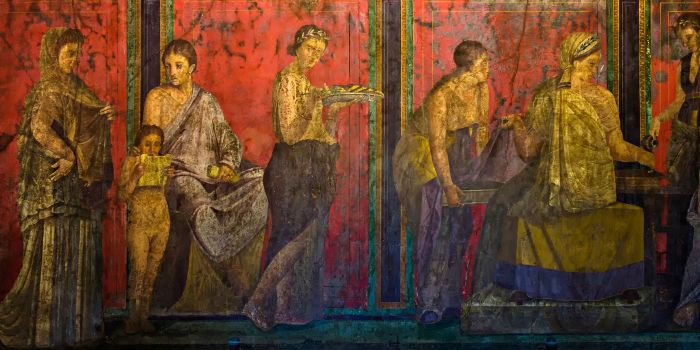

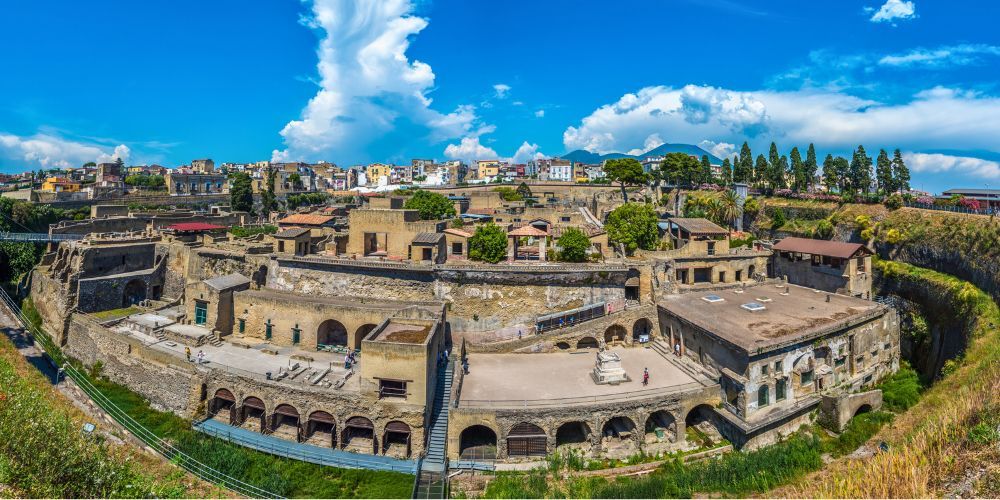
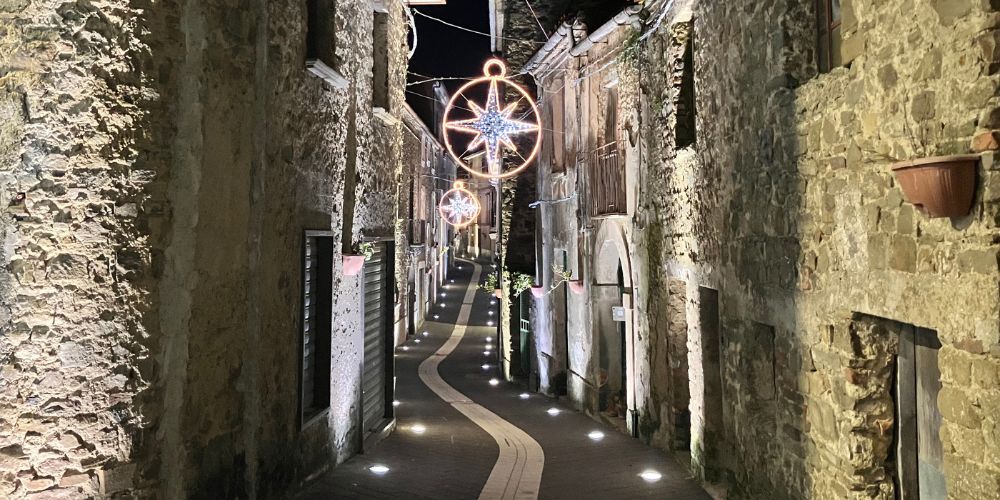

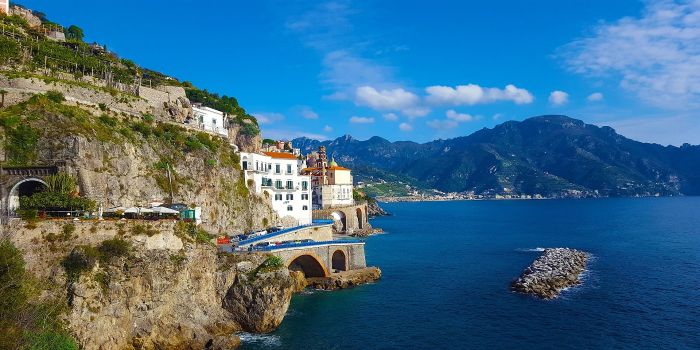


Antonio Angione
Opening times, prices and all information for visiting the Archaeological Park of Paestum and the historical and landscape beauties of Cilento.